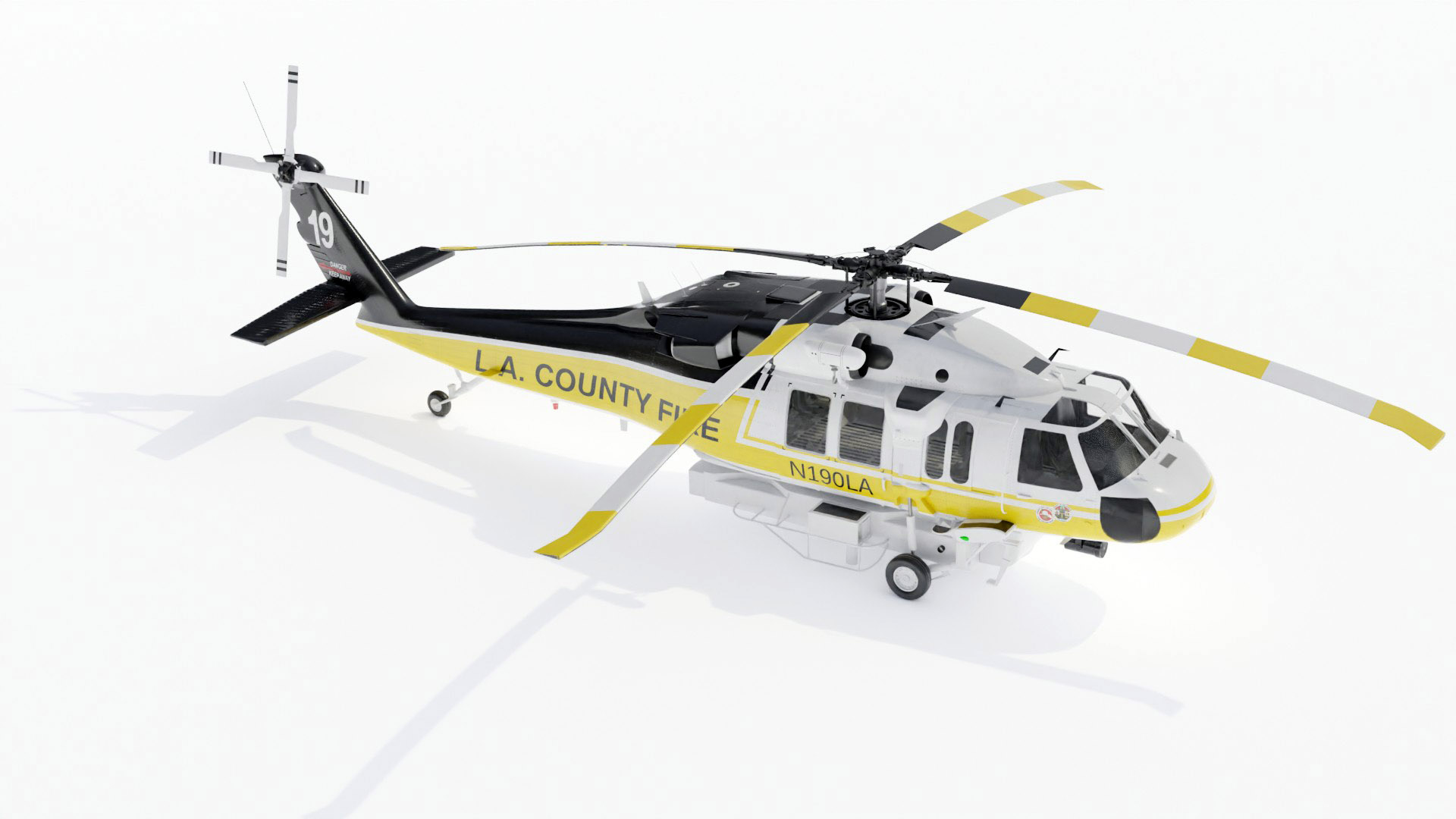Modernized Vertical Lift Platform With Advanced Composite Structures and Improved Precaution
In the realm of vertical lift platforms, a considerable change towards modernization has actually been observed, driven by the assimilation of sophisticated composite frameworks and enhanced safety and security measures. In exploring the convergence of innovation and security in contemporary lift systems, an engaging story emerges, showcasing the possibility for transformative advancements that cater to the ever-evolving demands of industrial markets.
Evolution of Vertical Lift Platforms

The development of vertical lift systems can be mapped back to basic sheave systems and very early elevator designs. Over time, developments such as hydraulic systems, electric motors, and progressed control devices have greatly enhanced the efficiency and safety of these systems. Makers have actually additionally focused on boosting the stability, reach, and load-bearing capacities of upright lift platforms to satisfy the varied demands of various industries.
In addition, the combination of wise modern technologies like sensors, IoT connection, and automation functions has better transformed the abilities of modern upright lift systems. These technological improvements not only enhance operational efficiency however likewise make certain enhanced security standards for employees using these platforms at different heights. The continuous development of vertical lift platforms emphasizes their crucial function in boosting upright movement across industries.
Assimilation of Advanced Compound Frameworks

In addition, making use of innovative composite materials permits for even more complex and maximized structural layouts, allowing designers to tailor the platform's buildings to satisfy particular efficiency demands. This customization can lead to boosted the rules of aerodynamics, minimized vibrations, and improved general security during operation. The assimilation of sophisticated composite structures additionally contributes to a decrease in upkeep expenses and downtime, as these materials exhibit superb resistance to ecological factors and have a longer solution life contrasted to traditional products. In general, the unification of innovative composite structures in contemporary upright lift platforms represents a substantial development in aerospace innovation, leading to a lot more efficient, reputable, and more secure aerial transportation systems.
Enhanced Safety Actions Execution
Carrying out enhanced security actions is critical in ensuring the optimal performance and dependability of modern upright lift systems. One vital element of enhanced safety actions is the assimilation of innovative sensor innovations to find more information monitor different parameters in real-time.

Industry Applications and Benefits
With innovations in modern technology and design, improved upright lift platforms have located diverse applications throughout different markets, offering considerable benefits in effectiveness and efficiency. In the manufacturing field, these platforms enhance the process of transferring hefty products and equipment within facilities, lowering hand-operated handling and improving functional effectiveness. The building and construction sector benefits from vertical lift systems by enabling employees to access raised areas safely and efficiently, improving general job timelines. Warehousing and logistics firms utilize these systems to maximize storage room application and promote quicker selecting and packaging processes.
Additionally, upright lift platforms play a crucial role in the repair and maintenance of infrastructure such as bridges, high-voltage line, and buildings, enabling professionals to get to inaccessible locations effortlessly (sikorsky s 70). The air travel industry likewise leverages these platforms for airplane maintenance and assembly tasks, enhancing workflow efficiency and guaranteeing worker safety and company website security at elevations. Overall, the widespread adoption of modernized vertical lift platforms throughout industries highlights their versatility and the substantial renovations they give various operations
Future Trends in Lift System Modern Technology
Integrating innovative automation and smart attributes, lift platform modern technology is positioned to reinvent upright transportation systems in the near future. One crucial pattern is the integration of Internet of Things (IoT) technology, making it possible for lift platforms to connect real-time data for predictive upkeep, maximizing performance, and enhancing safety and security. As lift platform modern technology proceeds to advance, these fads are set to shape the future of vertical transportation, making it more effective, safe, and straightforward.
Verdict
Finally, the up-to-date vertical lift system showcases the advancement of technology in the market. By incorporating innovative composite frameworks and improved security steps, this system supplies enhanced performance and safety for numerous applications. The industry can benefit considerably from these innovations, and future trends in lift platform innovation are most likely to proceed surpassing these advancements for also better success and performance.
In the realm of vertical lift systems, a considerable shift towards modernization has actually been observed, driven by the integration of sophisticated composite structures and enhanced safety procedures. The continuous evolution of vertical lift platforms highlights their important duty in boosting upright mobility throughout markets.

The consolidation of advanced composite structures in modern-day vertical lift systems has actually significantly boosted their structural integrity and performance capacities. By integrating these advanced compounds into the design and building of upright lift systems, manufacturers can lower total weight, boost load-carrying capacity, and improve the platform's toughness and long life.
Implementing boosted security steps is critical in guaranteeing the optimum efficiency and dependability of contemporary vertical lift systems.